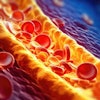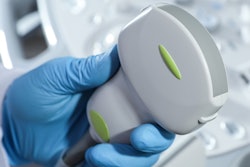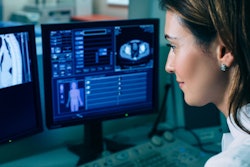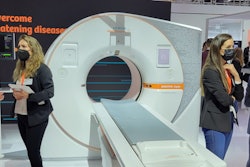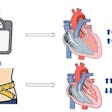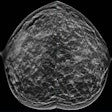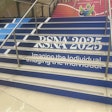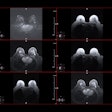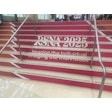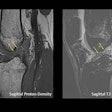
With the volume and complexity of imaging studies continuing to rise, improving workflow in the reading room is more vital than ever. A group of experts recently offered guidance on how to improve productivity -- importantly, while not increasing stress.
Radiologists are tied for fourth as the most burned-out specialists, behind urologists and neurologists, said Dr. Kuldip Mann, a radiology resident at Saint Vincent Hospital in Worcester, MA. Little can be done to fix contributing factors such as increasing workloads. However, variables that can be controlled include improving the setup of hardware and ergonomics, according to Mann.
"Optimizing the work environment can be achieved to increase productivity without at the same time increasing stress levels," Mann said.
Finding your 'sweet static spot'
Hardware plays a key role, with the size and number of display monitors radiologists used in reading rooms varying greatly. But there is an ideal setup -- a "sweet static spot," Mann called it -- when it comes to your field of view.
In a study that considered radiologists' field of vision when studying images, Mann found the ideal setup includes a visual field between 30° and 35° on the x-axis, approximately 15° below the eyeline on the y-axis, and between 20 and 40 inches on the z-axis (distance from the monitor).
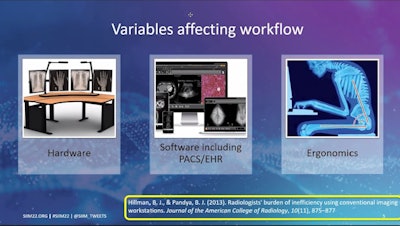 Image courtesy of Dr. Kuldip Mann.
Image courtesy of Dr. Kuldip Mann.The size and number of monitors in the radiology room are also key. As for diagonal monitor size, if you are sitting 20 inches from the screen, the optimal size is 34 inches. If you are sitting 40 inches from the workstation, the optimal diagonal monitor size to reduce eye stress is 67 inches, he said.
"You can fit in three 30-inch portrait monitors within the 67-inch diagonal space, and that is what we use at our work to maximize the visual space without causing any stress to the eyes," said Mann in a presentation at the Society for Imaging Informatics in Medicine (SIIM) annual meeting.
Proof of concept chair
Co-presenter Dr. John Mukai, a diagnostic radiographer at Saint Vincent Hospital, offered a solution to reducing neck pain in the reading room.
"How do I not turn my head and still work? Well, I could retire but that's not good. I still have fun doing this. Here's the answer: let a chair desk do all the turning," he said.
Murkai showed a video clip of Harrison Ford (Han Solo) in the movie Star Wars shooting swiveling guns in a cockpit on the Millennium Falcon spaceship, and noted that Ford's head, neck, shoulders, and arms were all set. His chair desk system moved him, and in so doing, he didn't have to move his body at all.
With this as inspiration, Murkai and colleagues built a prototype with the help of a local welder at a motorcycle shop. The main feature of the chair is its ability to swivel so that you don't have to constantly move your head, neck, or torso, he said.
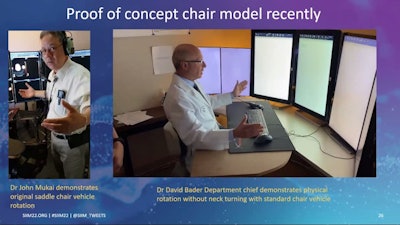 Image courtesy of Dr. John Mukai.
Image courtesy of Dr. John Mukai.Chairs designed for computer gamers are also a good start, although these may still be limited by the amount of swivel they offer, Murkai said.
"We can't do the job anymore without something like this," he said. "This is mandatory, we must figure out how to do this to survive the ergonomic onslaught."
Reading room of the future
Dr. Eliot Siegel, a professor of diagnostic radiology at the University of Maryland, closed the session with a discussion of a promising trend for increasing productivity without adding stress -- the use of artificial intelligence (AI) algorithms to act as "human scribes" in reading rooms.
Estimates suggest that 85% of a radiologist's time on diagnostic image interpretation is spent waiting for images, on hanging protocols, and other tasks, Siegel said. He noted a program led by Dr. Faisal Sami of Chicago Telerad has seen productivity increases up to 70% with the use of scribes.
 Image courtesy of Dr. Eliot Siegel
Image courtesy of Dr. Eliot SiegelWith trained radiologists already in short supply, however, the use of AI software to perform these tasks could have a significant impact, Siegel said. In fact, software products are already available that can allow radiologists to do many of the functions scribes are doing.
Ultimately, AI may allow even greater leaps forward -- on the order of magnitude of efficiency increases of up to 200%, Siegel estimated.
"I think that the impact of AI on efficiency in the reading room is going to be tremendous," he concluded.

